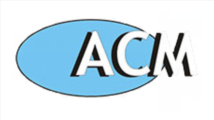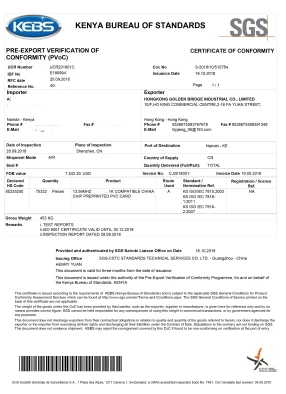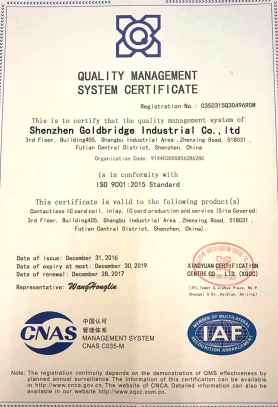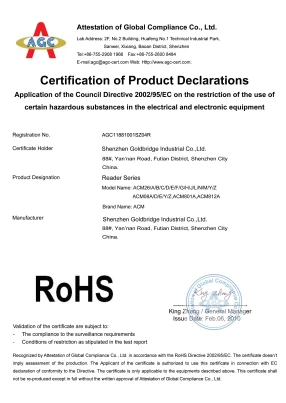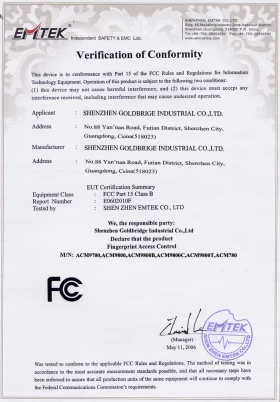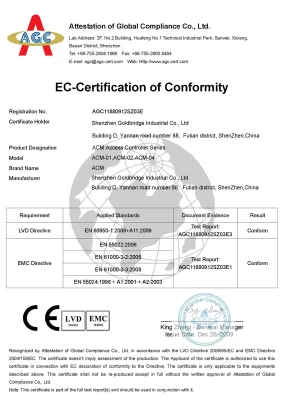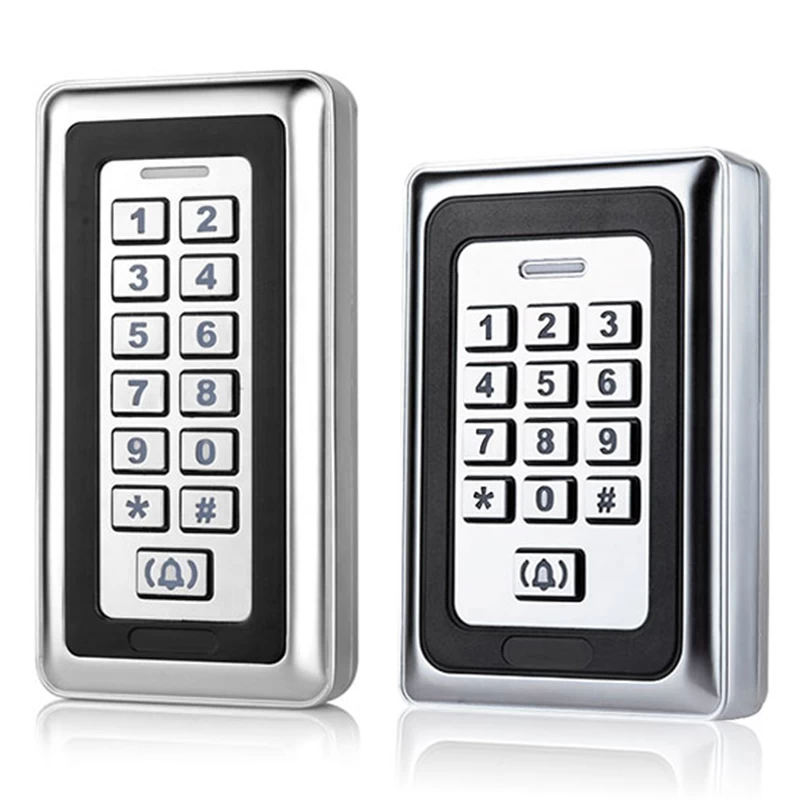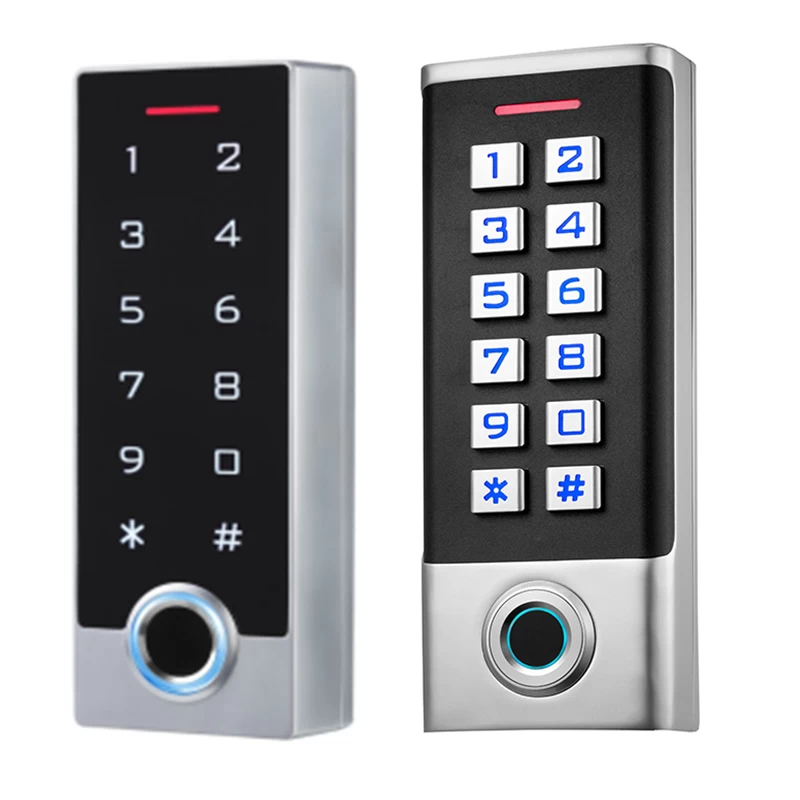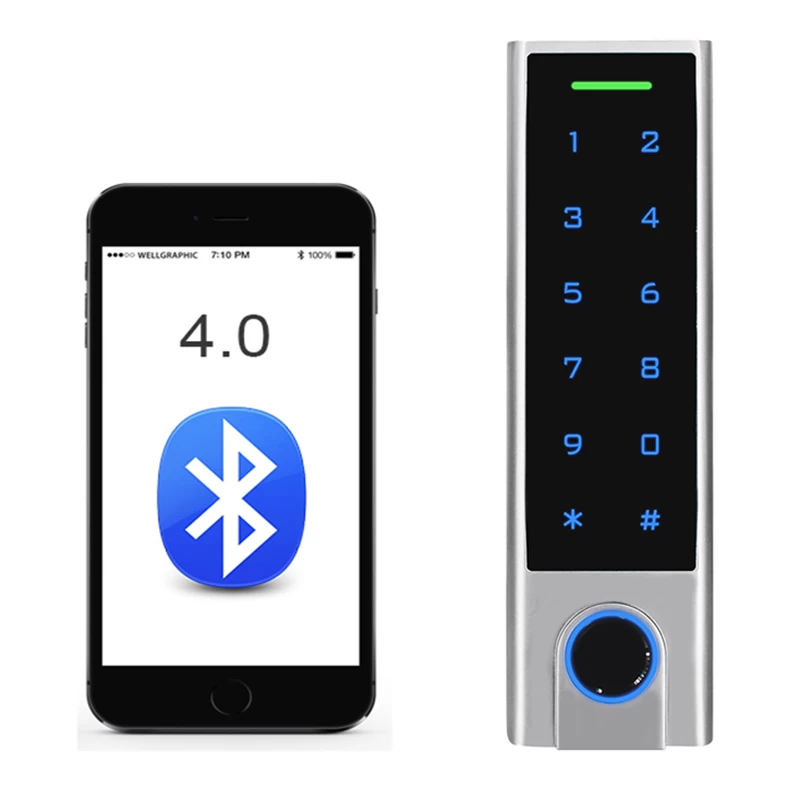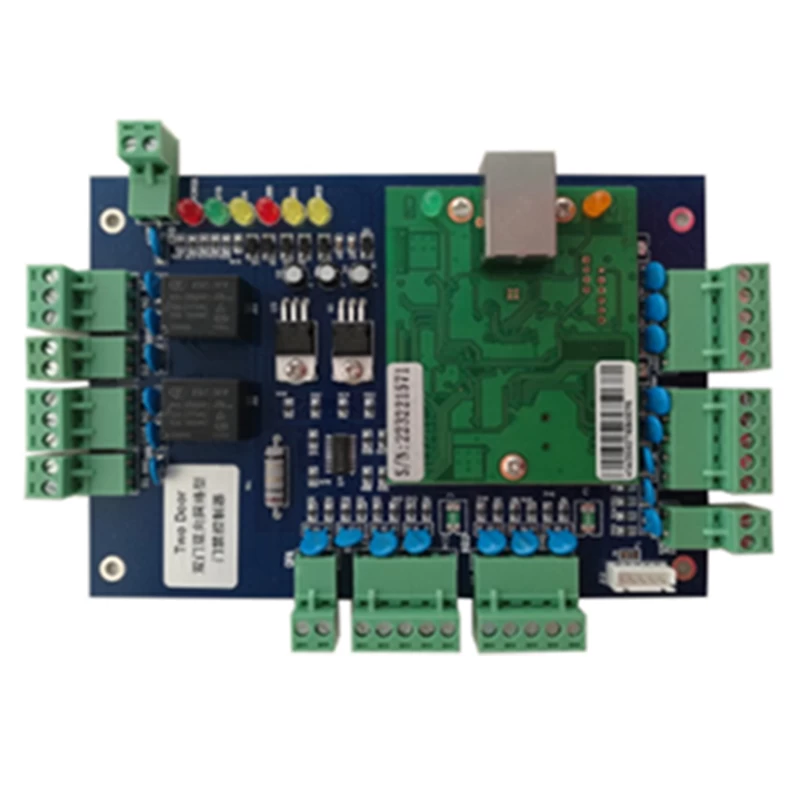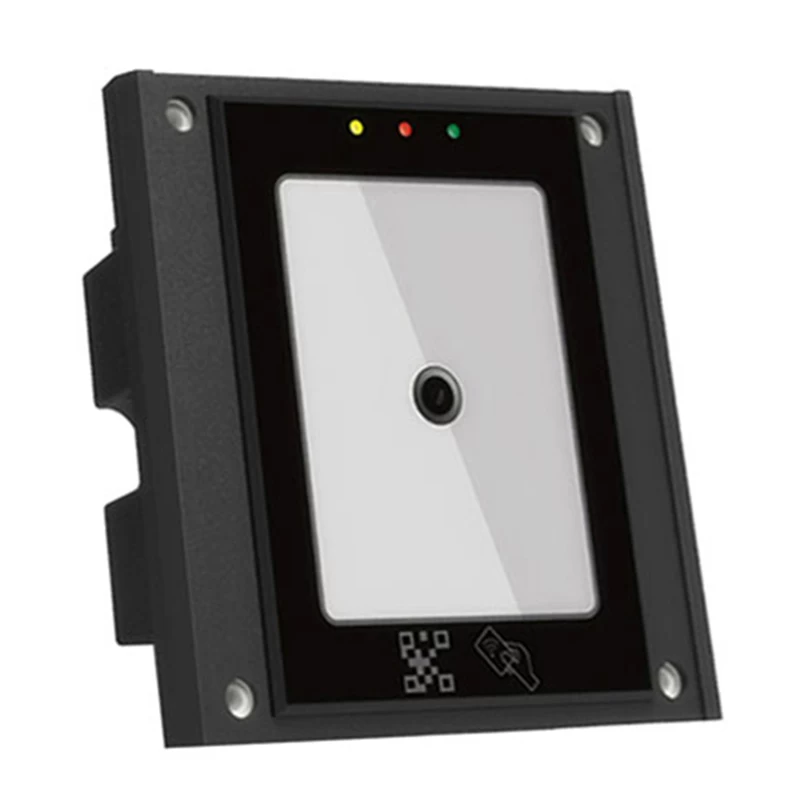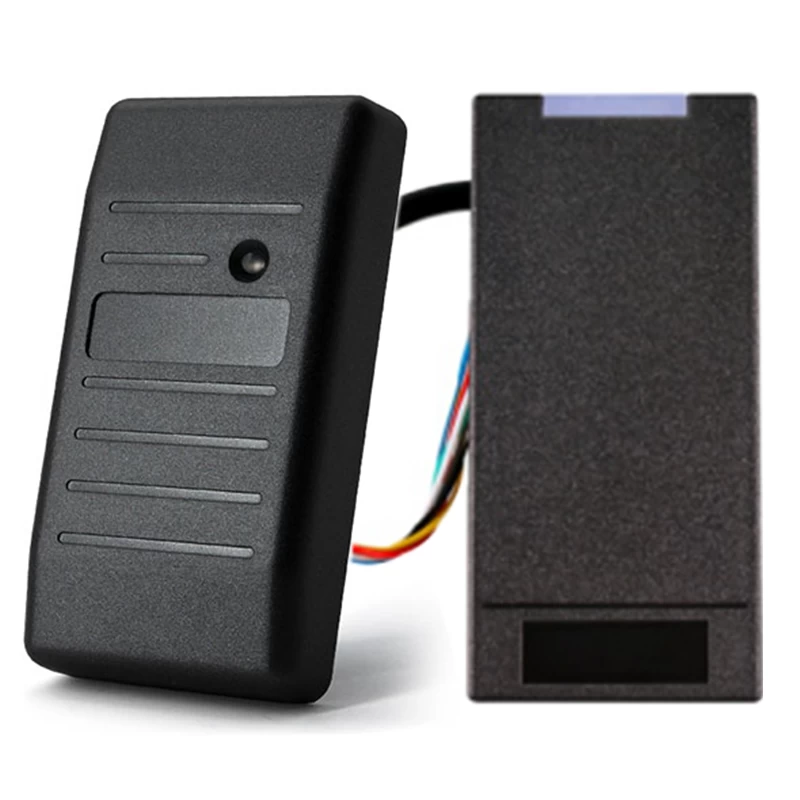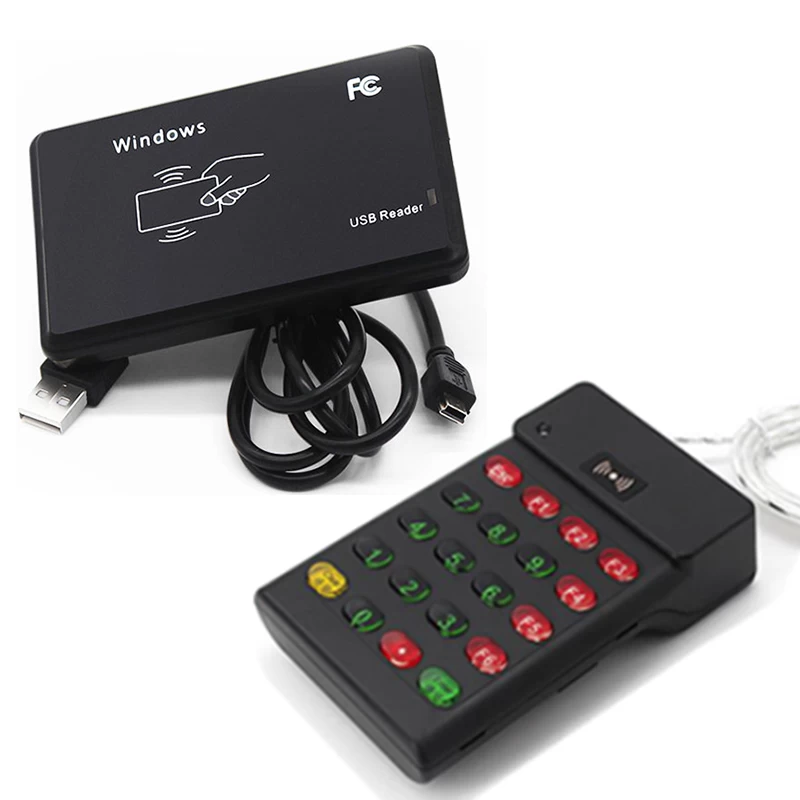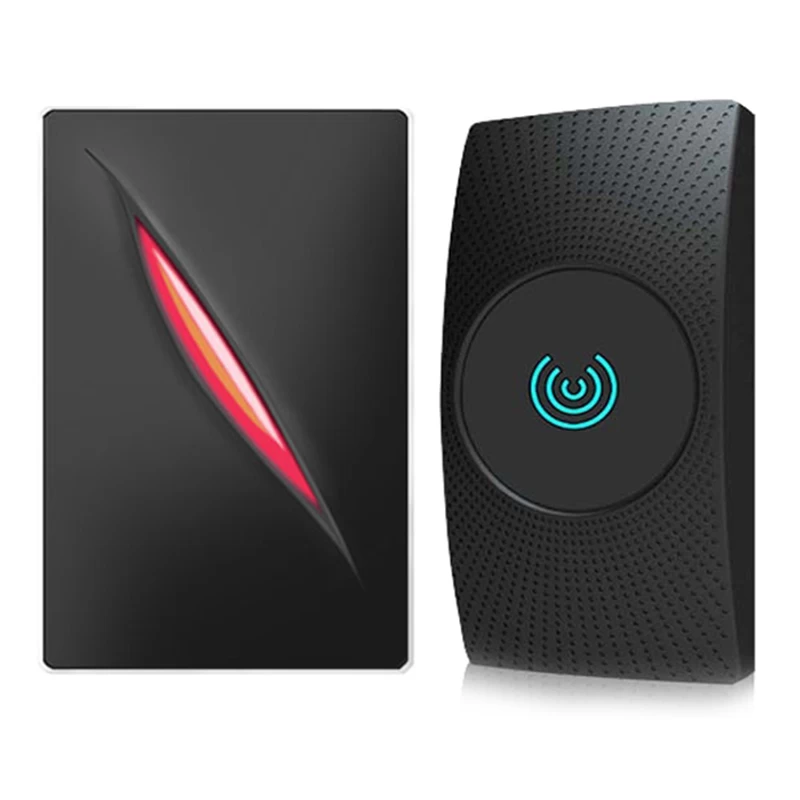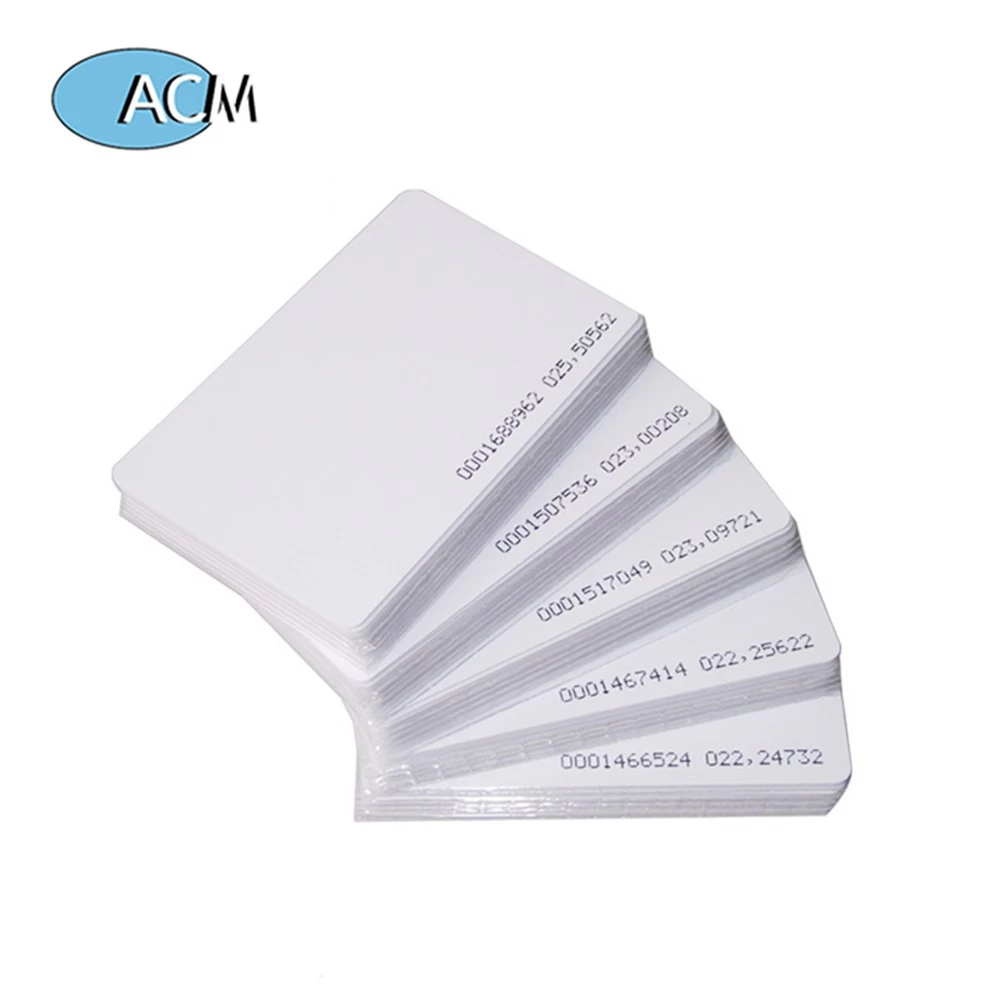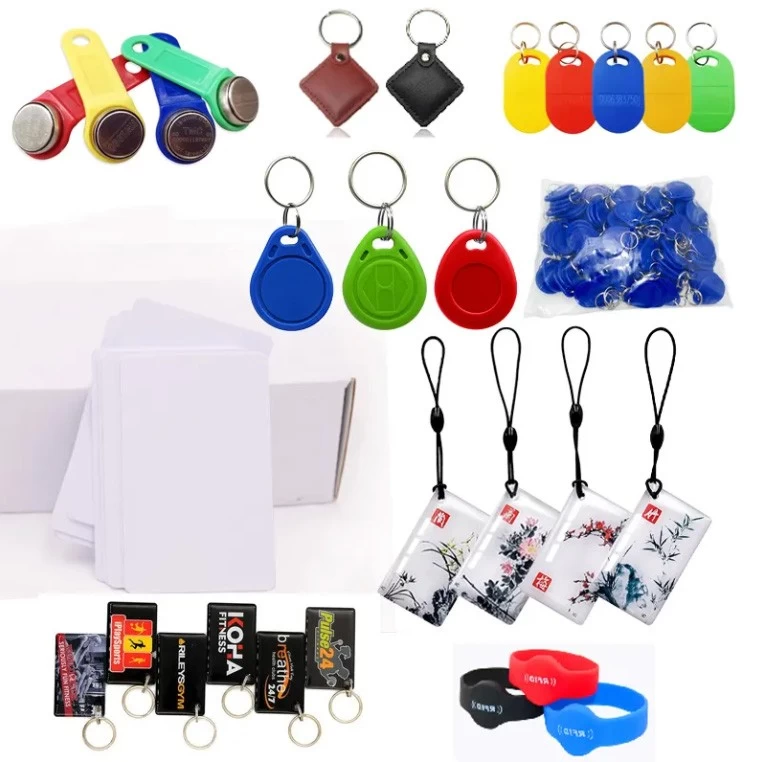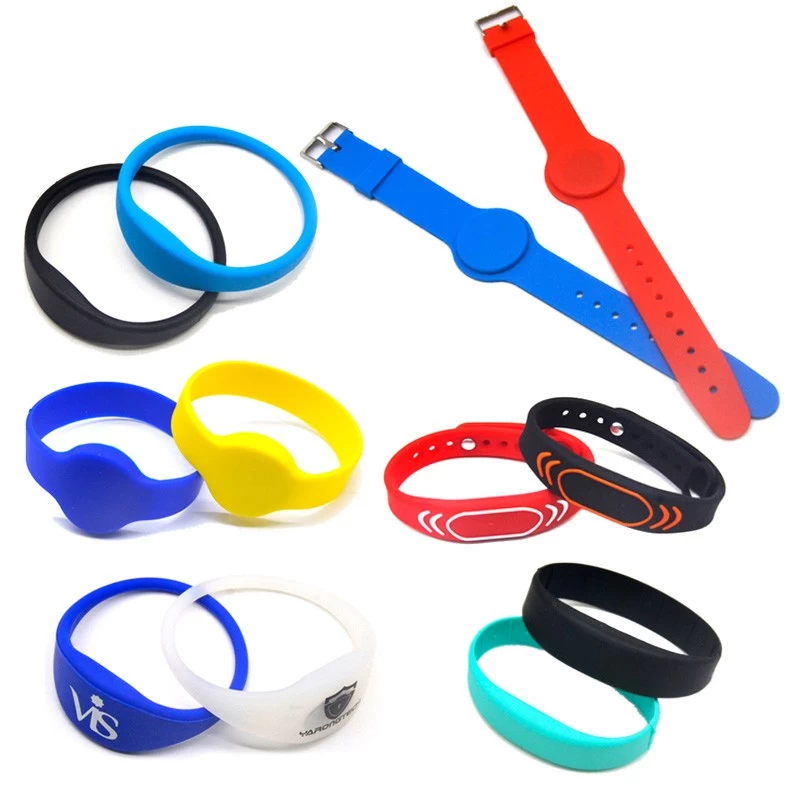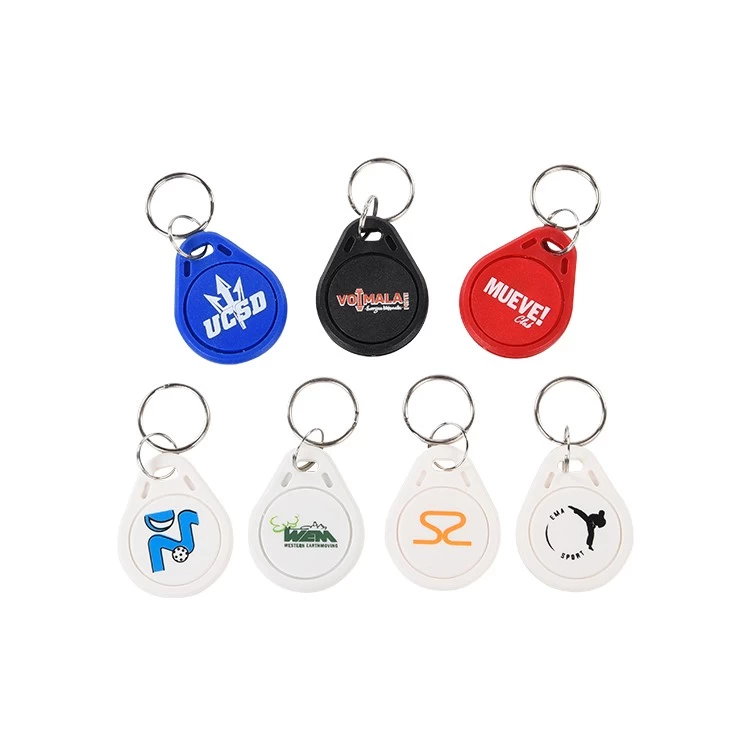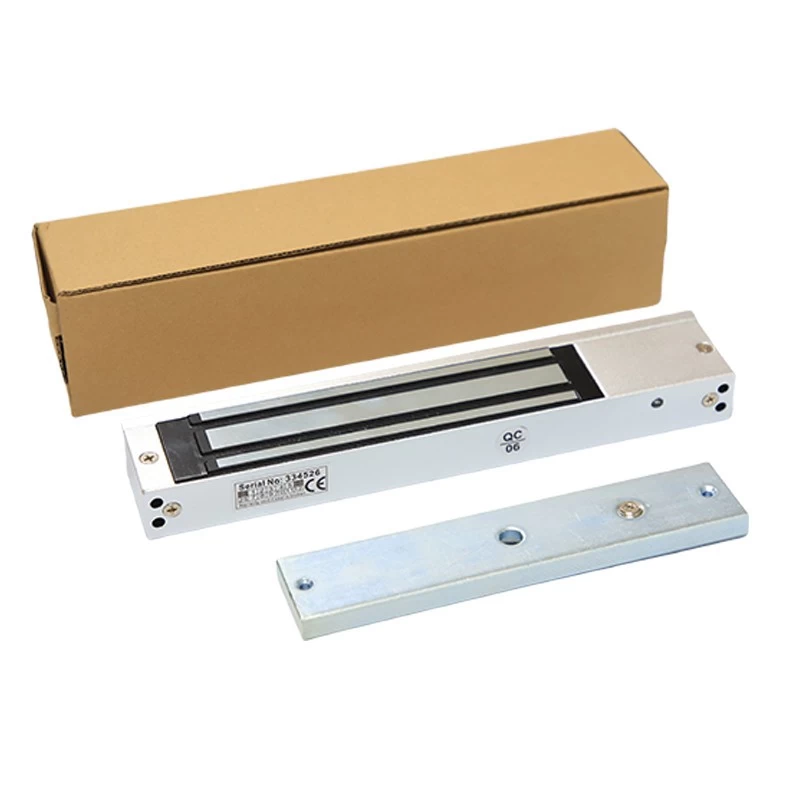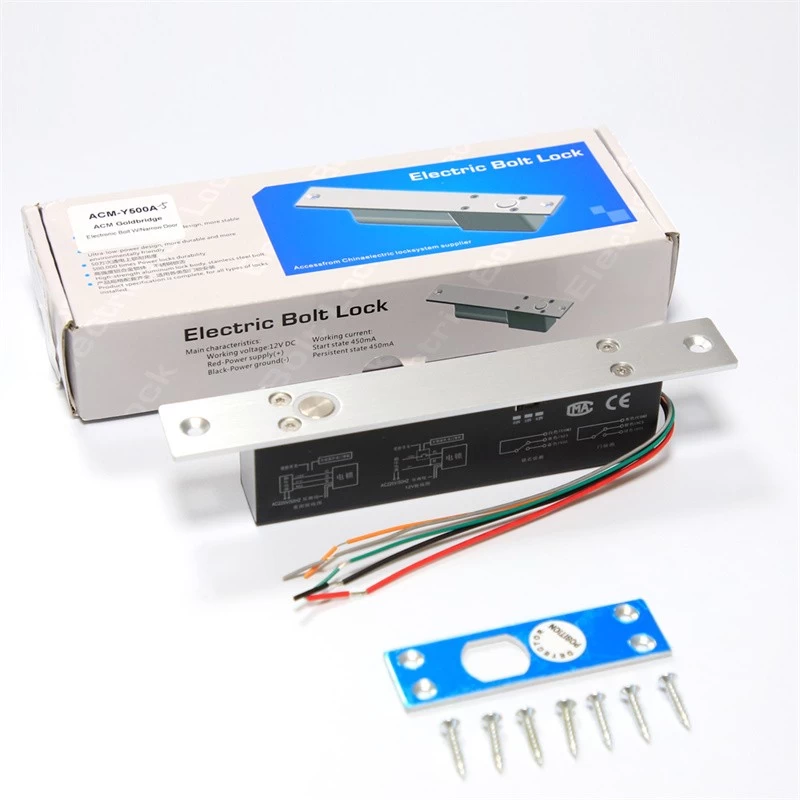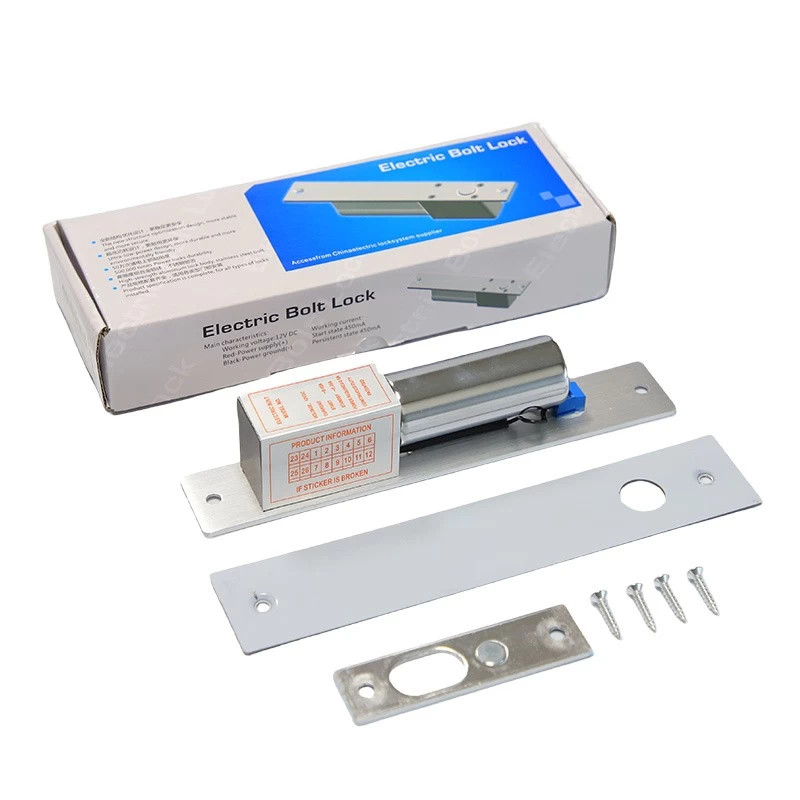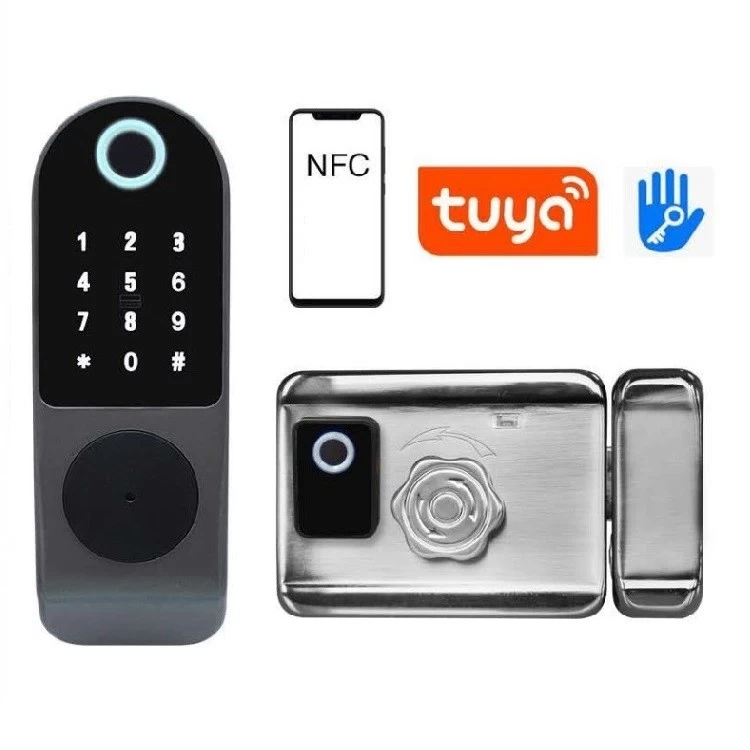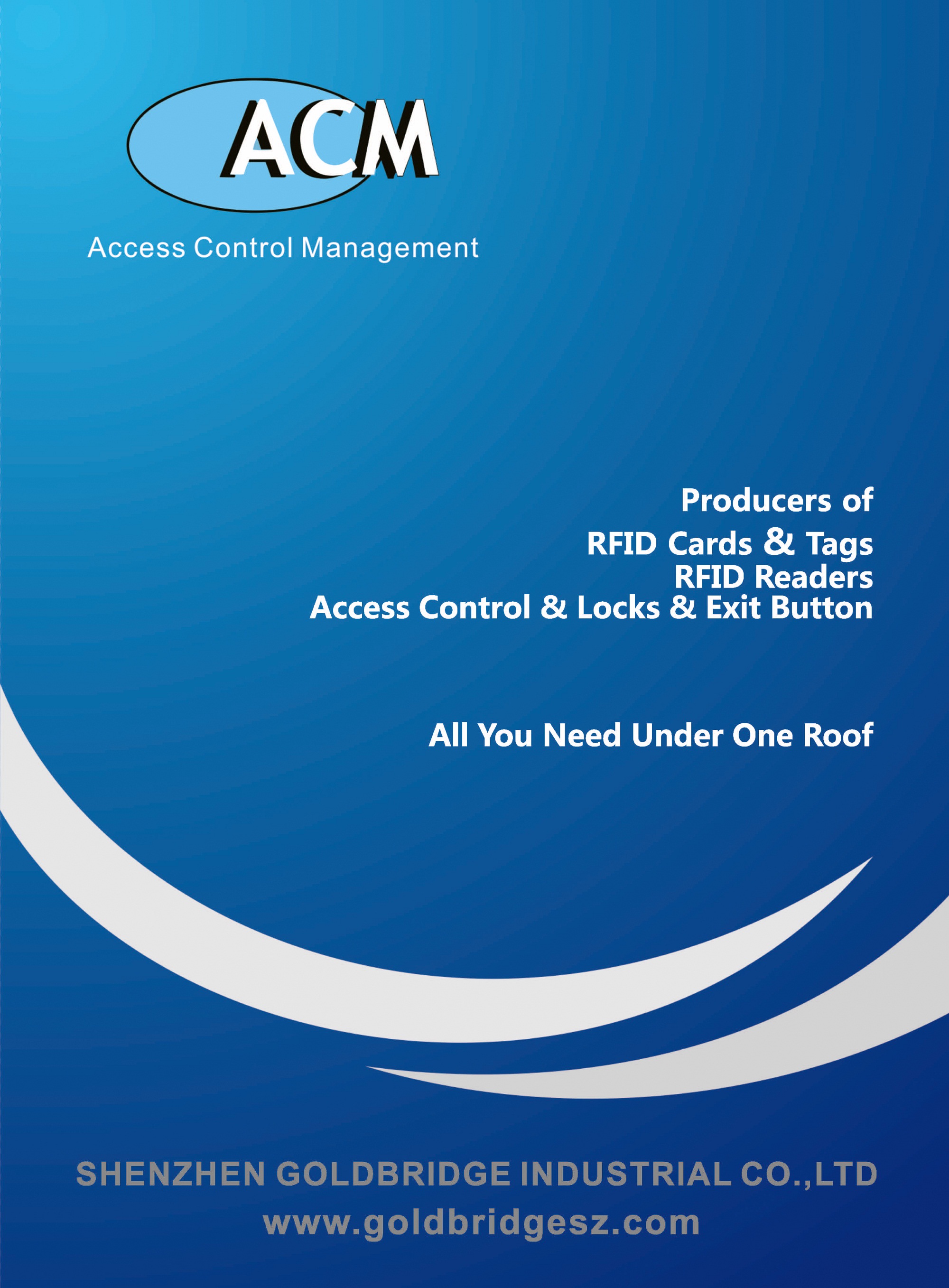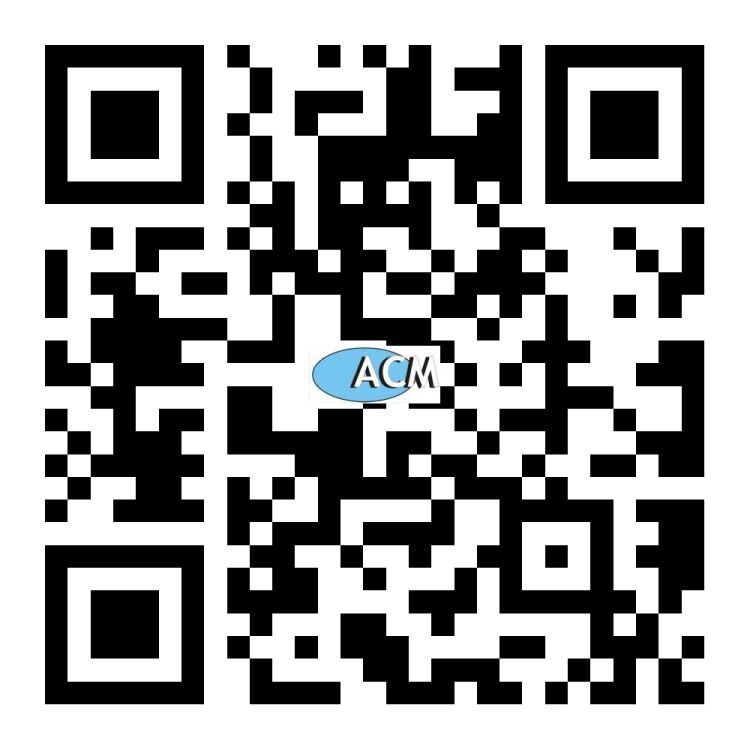The Applications of RFID Technology
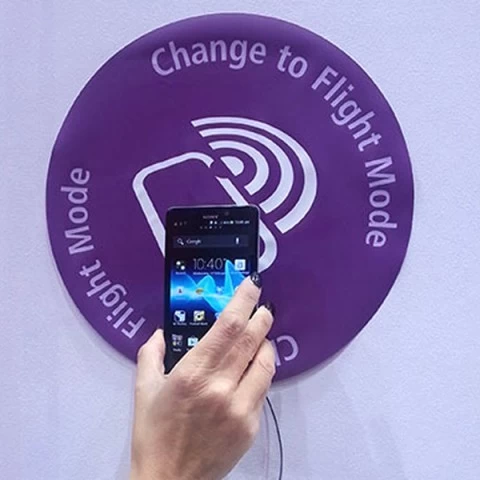
Radio Frequency Identification (RFID) is a wireless technology that uses electromagnetic fields to automatically identify and track tags attached to objects. These tags contain electronically stored information, which can be read by RFID readers without the need for direct line-of-sight. Over the years, RFID technology has found applications across various industries, revolutionizing processes and improving efficiency. Below are some key areas where RFID is being utilized:
1. Retail and Inventory Management
RFID has transformed the retail industry by enabling real-time inventory tracking. Retailers can use RFID tags to monitor stock levels, reduce theft, and streamline the supply chain. For example, when items are equipped with RFID tags, employees can quickly scan entire shelves or boxes without manually checking each product. This not only saves time but also reduces errors in inventory management.
2. Supply Chain and Logistics
In logistics, RFID technology is used to track shipments and manage warehouse operations. By attaching RFID tags to pallets, containers, or individual items, companies can monitor the movement of goods throughout the supply chain. This improves visibility, reduces delays, and enhances overall efficiency. For instance, large e-commerce companies like Amazon use RFID to manage their vast inventories and ensure timely deliveries.
3. Healthcare
RFID is increasingly being adopted in healthcare for patient tracking, asset management, and medication administration. Hospitals use RFID wristbands to identify patients and ensure they receive the correct treatments. Additionally, medical equipment and supplies can be tagged with RFID to track their location and usage, reducing losses and improving resource allocation.
4. Access Control and Security
RFID technology is widely used in access control systems, such as keycards for buildings or secure areas. Employees or authorized personnel can gain entry by simply swiping or tapping their RFID-enabled cards. This enhances security while providing a convenient and contactless way to manage access.
5. Transportation and Ticketing
Public transportation systems, such as buses and trains, often use RFID for contactless ticketing. Passengers can use RFID-enabled cards or mobile devices to pay for fares, reducing the need for physical tickets and speeding up boarding processes. Similarly, RFID is used in toll collection systems on highways, allowing vehicles to pass through toll booths without stopping.
6. Animal Tracking
RFID tags are used in agriculture and wildlife management to track animals. Farmers can implant RFID chips in livestock to monitor their health, location, and breeding patterns. In wildlife conservation, researchers use RFID to study animal behavior and migration patterns without disturbing their natural habitats.
7. Manufacturing and Production
In manufacturing, RFID is used to track the progress of products along the assembly line. By tagging components and finished goods, manufacturers can monitor production efficiency, reduce errors, and ensure quality control. This is particularly useful in industries like automotive and electronics, where precision and traceability are critical.
8. Library Management
Libraries have adopted RFID technology to automate book checkouts, returns, and inventory management. RFID tags embedded in books allow librarians to quickly scan multiple items at once, reducing wait times for patrons and improving the overall user experience.
9. Event Management
RFID wristbands or badges are commonly used at large events, such as concerts or conferences, to manage attendee access and streamline entry processes. These RFID-enabled devices can also be used for cashless payments, enhancing convenience for both organizers and attendees.
10. Smart Homes and IoT
RFID is playing a role in the development of smart homes and the Internet of Things (IoT). For example, RFID tags can be used to automate household tasks, such as turning on lights or unlocking doors when a tagged object or person is detected.
Conclusion
RFID technology has become an integral part of modern life, offering solutions to a wide range of challenges across industries. Its ability to provide real-time data, improve efficiency, and enhance security makes it a valuable tool for businesses and organizations. As technology continues to advance, the applications of RFID are expected to expand even further, driving innovation and transforming the way we live and work.
